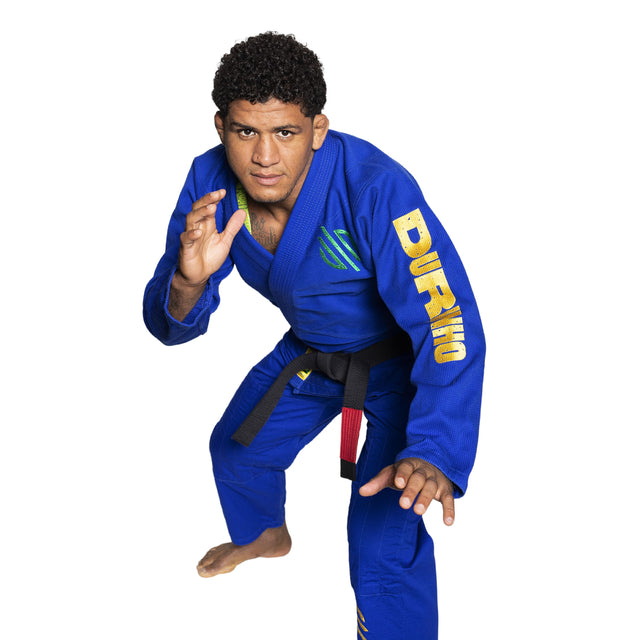How many calories can Jiu Jitsu training burn?
How many calories can you burn during one Jiu Jitsu training session? Well, that depends on a number of different factors:
Training intensity / perceived effort
What type of pace are you training at? Are you going light, moderate, or really hard?
This can be measured by heart rate zones (Zone 1 being the lowest intensity zone, going up to the highest heart rate interval of Zone 5), which can be measured by chest monitors and watches.
If you don’t train while wearing one of these (which is completely normal, since they are designed for general fitness activities and not combat sports), you can get a general idea of your training intensity through your breathing and the amount that you sweat. Lighter, more relaxed breathing and low amounts of sweat can indicate a lighter training intensity. Heavier breathing and waterfalls of sweat can indicate a pretty intense training pace.
Temperature of the gym:
Some gyms train at a “normal” temperature (no heat or air conditioning during training). Other gyms will turn the heat on in the winter or the air conditioning in the summer. Some gyms open windows, others don’t, it’s all very different based on the gym owner/coach’s preferences. If you are training in a cooler temperature gym, it may be more difficult to sweat. If you are training in a higher temperature environment, it can be easier to sweat and drop weight.
Type of sweater you are
Some people sweat really easily, while others have to put in a lot more effort to start sweating. Some people are light sweaters, while others can fill up water jugs with the amount that they sweat during training.
Level of fitness
Those who are less fit are likely to burn more calories than fitter counterparts, doing the same exercise for the same time at the same level of intensity (ex. running). The less fit person will likely burn more calories because their bodies find exercise a bit more difficult, which will require extra effort and energy for them to complete. As they become more and more fit, their bodies will become leaner, stronger, and have more endurance. In addition, their bodies will become more efficient with energy expenditure. This fitter version of themselves will have less difficulty doing the same exercise at the same intensity for the same amount of time, because of how their body adapted to become more efficient with energy expenditure (the amount of energy it takes to do something).
The more efficient your body is with energy expenditure, the less energy (calories) it will use to do something – compared to if it were less efficient.
Body composition
The amount of muscle and body fat varies for everyone. A pound of muscle and a pound of fat both weigh the same, but muscle tissue requires more calories to maintain than fat, even at rest.
Muscle tissues are active, always moving or ready to move. Fat tissue is passive (since it is stored energy for later use). We need both and it is important for everyone to find the right balance for them.
When you train Jiu Jitsu, all of these factors (and more that aren’t listed) are taken into account.
So back to the question,how many calories can Jiu Jitsu training burn? If we had to give an answer, we’d say that training Jiu Jitsu at a moderate intensity for an hour, could burn around 500 calories (again, this number will likely vary among practitioners due the the variables mentioned above).
But don’t just think about Jiu Jitsu as the number of calories burned. You get a lot more than that. When you train, you’re:
- learning self-defense
- developing grappling techniques that work at the highest level of BJJ and MMA
- building muscle
- burning fat
- developing physical and mental resilience
- becoming more comfortable working in (and out of) uncomfortable situations
- strengthening your community bond by meeting and interacting with like-minded training partners
Thank you for reading - we hope this article helped provide some helpful information about burning calories during a Jiu Jitsu training session!





0 Comments
There are no comments for this article. Be the first one to leave a message!